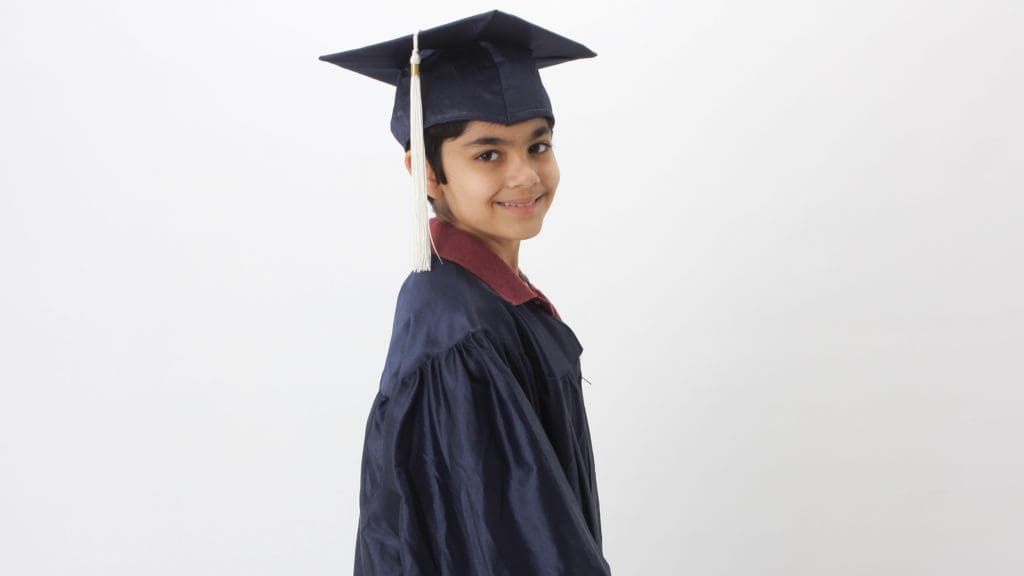
By Deepak Maun
Assistant Professor,
IIHEd, O. P. Jindal Global University, Sonipat
What do the near-perfect (or even perfect) scores in board examination represent except an ability to ace an examination with a predictable pattern? Have these toppers learnt that is of value in the world outside the boundaries of school (i.e. real life)? And what about the (academically) average or below average children? What skills do they leave the school with after spending more than 14 years in this institution? These are pertinent questions that need an answer if we want to talk about improving learning outcomes.
To answer the question about value of ‘learning within schools’, let’s consider a hypothetical scenario. Imagine that a 15-year old child (a typical 10th grader) loses both her parents in an accident. With no support from relatives, this child needs to negotiate the world and make a living for self and a younger sibling. What can this child do? Twelve years into schools (including kindergarten and nursery), what has she learned that can help sustain her in ‘real world’?
An ‘academically intelligent’ child may be able to teach younger children but an average (or below average) child will not even have that option. Much of what they can pursue outside school can be done without the knowledge gained inside schools. In fact, whatever is being taught in schools is in fact accessible now on internet, and children may find it more interesting (and customization) compared to the teacher. What then should the schools try to teach a student? And how can the student learning outcomes be improved? In this article, I take an unconventional view (compared to mainstream schooling perspective) of the nature of learning, and how it happens.
In my understanding, even if the schools are able to improve their existing processes to achieve better learning outcomes, the real value gained for students will be minimal. This is because the knowledge being imparted, and skills being taught in schools are mostly irrelevant in real-life situations.
There are three specific actions that the schools can take to redefine the nature of learning that should be their focus.
One, they need to allow more time and space to students to learn at their own pace and according to their own interests. This can be facilitated by creating reading rooms and well-stocked libraries and encouraging students to use them. This can help reduce the ‘dead time’ where the students remain physically present in classrooms without engaging with the content being delivered therein, a situation very common at present.
Two, the schools should move beyond the current model that focuses on logical-mathematical and verbal-linguistic intelligence and create opportunities for students to learn by engaging in other types of intelligence (as suggested by Howard Gardner). For example, theater in education or learning through music or poetry is a well-accepted idea now.
Further, the schools can create MakerSpaces by having equipped Do-it-Yourself (DIY) labs where the students can tinker with various materials, experiment and create prototypes or even full working models in collaboration with welders, blacksmiths, carpenters, electricians, or plumbers from the local community. Internet could be a great source to help them overcome challenges of guidance.
The schools could create safe spaces for children to experiment, create, reflect on, and share their ideas and learnings with their peers (across age groups), teachers, and community members. Learning of theory is crucial to make sense of the phenomenon. Yet, it should neither happen in isolation (i.e. in classroom without engagement with practical action), nor should it be considered as a knowledge that cannot be gained without teacher’s instruction.
Three, the schools should stop being spaces to physically restrict students within its walls. They should act as congregation points, not just for students of different age groups but also for members of the immediate community to engage in discussions around issues that they are facing. The fields, houses, or streets in villages, and slums, parks and markets in cities could be valuable social and science laboratories for their experiments and actions.
As an institution, schools should facilitate engagement of students in such issues and promote action-research based projects aimed at finding solutions to these challenges and implementing the solutions. Their focus needs to be on facilitating students’ learning and not on controlling it.
In this Internet society, the traditional textbook-based learning (the present focus) should be relegated to background and self-study and action-based learning should be promoted. The teachers should intervene only to help students identify their goals and guide them towards it. This demands a new kind of mindset and skill set from the teachers. Instead of acting as a storehouse of knowledge, they need to act as facilitators and co-learners (Khoji).
The existing (pre and in-service) teacher training is not just inadequate but counterproductive. Probably, the teachers themselves should take a gap-year to reflect upon their lives as professionals, to understand themselves better, to unlearn, and finally learn new skills.


